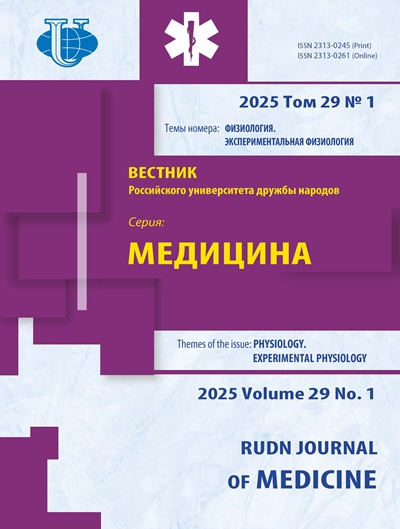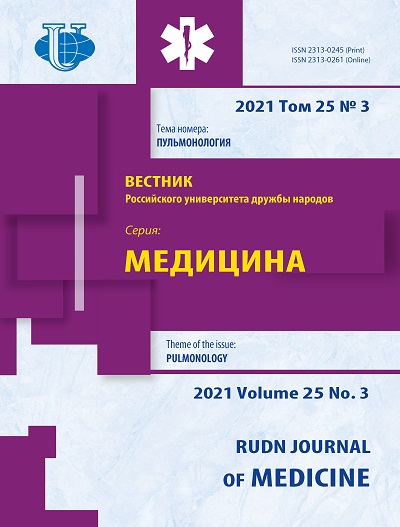Аннотация
Актуальность . Эпилепсия является распространенным неврологическим заболеванием в тропических странах, особенно в странах Африки. Ее распространенность в африканских странах почти вдвое выше, чем в Азии, Европе и Северной Америке. Цель: провести исследование и дать интерпретацию особенностям распространения и факторам риска эпилепсии в странах Африканского континента. Материалы и методы . Основываясь на данных ВОЗ, проведен эпидемиологический анализ распространенности и структуры смертности от эпилепсии среди жителей континентальной Африки. Африканский континент был кластеризирован на пять различных регионов с условно однородными социально-культурными, климатогеографическими и средовыми условиями и, как следствие, схожей динамикой эндемических заболеваний и инфекций. Далее, в пяти центрах этого региона были сопоставлены демографические данные, этиологические факторы, факторы риска, такие как инфекционные заболевания с неврологическими последствиями в виде смертельных случаев от эпилепсии. Математико-статистическая обработка результатов проведена с помощью статистического пакета SPSS-19 (SPSS Inc., USA). Результаты и обсуждение . Анализ социально-демографических характеристик позволил установить, что смертность от эпилепсии выше: в странах Африканского континента к югу от Сахары по сравнению с северной Африкой; у женщин по сравнению с мужчинами; в возрастной группе моложе 14 лет по сравнению со старшими группами; а также в странах субрегионов с неудовлетворительным состоянием национальных систем здравоохранения и низким уровнем социально-экономической ситуации в целом. Выводы . Государственные программы, направленные на снижение различных факторов травматизма, насилия, распространенности материнской смертности и голода, частоты суицида среди населения могут способствовать снижению распространенности и смертности от эпилепсии. Кроме того, существенный объем факторов риска эпилепсии в странах Африки является вирулентным и потенциально-предотвратимым. Прежде всего к ним относятся: нейроцистицеркоз, шистосомоз, ВИЧ-инфекция и различные формы менингита. Мероприятия в системе здравоохранения, ориентированные на профилактику этих заболеваний, также могут существенно снизить распространенность эпилепсии.
















